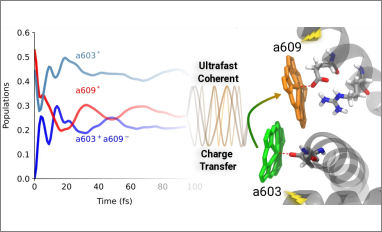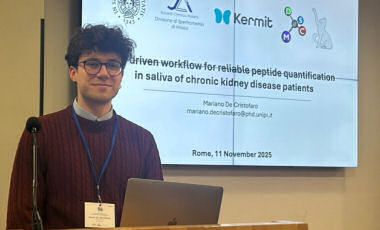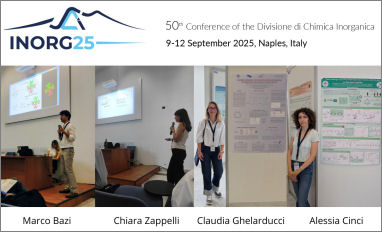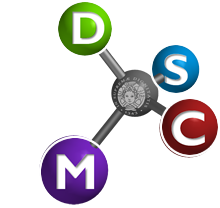
 Congratulations to our PhD student Piermarco Saraceno for his publication titled “Quantum Dynamics Simulations Reveal Ultrafast and Coherent Charge Transfer in the Lhca4 Antenna of Photosystem I” in The Journal of Physical Chemistry Letters.
Congratulations to our PhD student Piermarco Saraceno for his publication titled “Quantum Dynamics Simulations Reveal Ultrafast and Coherent Charge Transfer in the Lhca4 Antenna of Photosystem I” in The Journal of Physical Chemistry Letters.
 Congratulations to our PhD candidate Mariano De Cristofaro for his talk at the international Joint IUPAC–DSM Workshop on LC-MS Method Validation and Performance, an event promoted by IUPAC, the global authority in analytical method validation, and supported by Accredia, the Italian national accreditation body.
Congratulations to our PhD candidate Mariano De Cristofaro for his talk at the international Joint IUPAC–DSM Workshop on LC-MS Method Validation and Performance, an event promoted by IUPAC, the global authority in analytical method validation, and supported by Accredia, the Italian national accreditation body.
 Last week, the 50th Conference of the Divisione di Chimica Inorganica (INORG2025) took place in Naples, where four of our PhD students - Marco Bazi, Alessia Cinci, Claudia Ghelarducci, and Chiara Zappelli - presented their research contributions. Congratulations to Chiara and Marco for their oral presentations.
Last week, the 50th Conference of the Divisione di Chimica Inorganica (INORG2025) took place in Naples, where four of our PhD students - Marco Bazi, Alessia Cinci, Claudia Ghelarducci, and Chiara Zappelli - presented their research contributions. Congratulations to Chiara and Marco for their oral presentations.
 The XXII edition of Euroanalysis – European conference on analytical chemistry took place in Barcelona, bringing together researchers from across Europe to share advances in analytical chemistry. Our DSCM was actively involved, with both talks and a poster presentation.
The XXII edition of Euroanalysis – European conference on analytical chemistry took place in Barcelona, bringing together researchers from across Europe to share advances in analytical chemistry. Our DSCM was actively involved, with both talks and a poster presentation.



